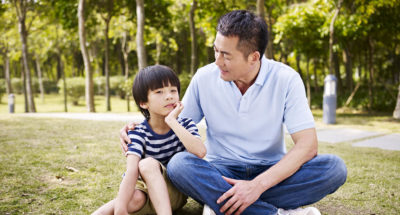
Take-Home Skill: Gratitude Questions for Kids
A list of discussion questions that schools can send home to families to help deepen students’ experience of gratitude

A list of discussion questions that schools can send home to families to help deepen students’ experience of gratitude
Students will:
For parents/caregivers: Take a moment to think of something kind that someone else did for you recently. Why do you think they did this? How did it make you feel? How did you show your appreciation? Were you encouraged to do something kind for someone else?
Hussong, A. M., Langley, H. A., Rothenberg, W. A., Coffman, J. L., Halberstadt, A. G., Costanzo, P. R., & Mokrova, I. (2018). Raising grateful children one day at a time. Applied Developmental Science, DOI: 10.1080/10888691.2018.1441713.
Do you notice if your child is expressing gratitude more often? Are they noticing more when someone does something kind for them? Are they more thoughtful about the gifts they receive?
A daily diary study found that the more parents took action to cultivate gratitude in their children on a certain day (such as by talking with their kids about experiences of receiving something from others), the more their kids showed gratitude on that same day–compared to the days when the parents took less action and compared to other kids whose parents took less action.
Children aren’t natural-born gratitude experts. Gratitude develops over time, as cognitive abilities mature, and it takes a lot of practice. Parent-child conversations can help by deepening children’s understanding of gratitude by breaking it down into parts and raising their awareness of those parts.
Making the effort to help children cultivate gratitude pays off. Grateful kids and teens tend to be more engaged in their schoolwork and hobbies, get better grades, and be more satisfied with school, family, community, friends, and themselves. They are more likely to have better social support, give more emotional support to others, and use their strengths to better their community. Overall, they are happier, more optimistic, and more satisfied with their lives.

Do you want to dive deeper into the science behind our GGIE practices? Enroll in one of our online courses for educators!
Comments